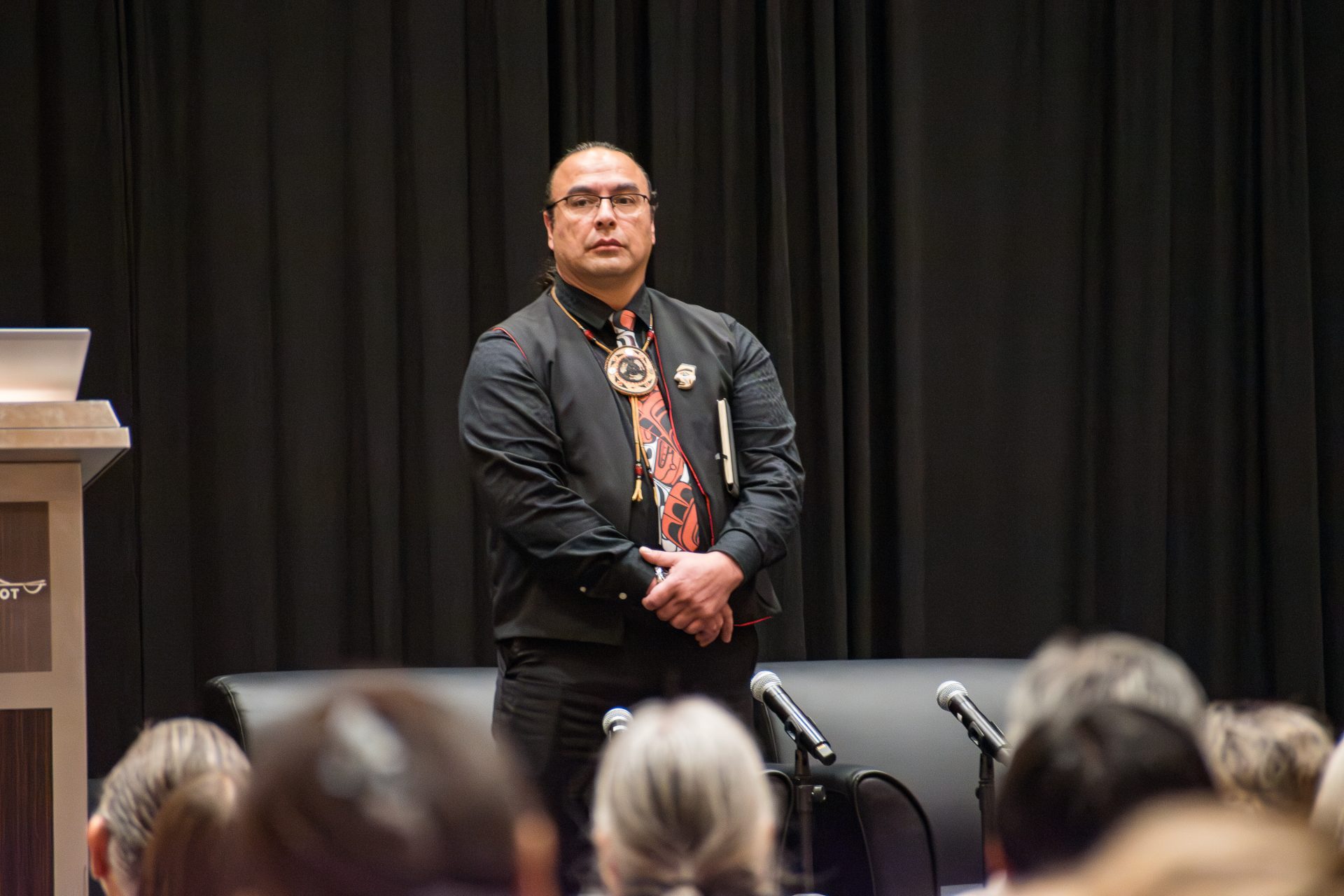Treaty tribes around Puget Sound and on the coast struggled with unexpectedly low returns of coho salmon this fall.
While fisheries managers already were expecting smaller runs based on last year’s pre-season planning data, the actual numbers proved to be record lows for some river systems.
The Quinault Indian Nation (QIN) saw such low coho returns that it halted fishing for all species in October.
“The closure will hurt our fishermen and reduce opportunity to harvest hatchery coho and other species, but the situation was so dire that Quinault Nation felt that even incidental impacts to wild coho need to be avoided at this point in the season,” said Ed Johnstone, QIN policy spokesman.
“We had expected low returns of natural-origin coho to the Queets River during pre-season planning, but actual returns appear to be well below the spawning escapement goal,” said Tyler Jurasin, QIN fishery operations manager.
Quileute fisheries personnel noted that while the Quillayute coho catch was one-third the number of last year’s, the run came in above forecast, with many fish returning later than expected.
Across the region, the coho that did return were undersized.
“Many of the fish we caught were about half the size of the fish we usually see,” said Joe Peters, Squaxin Island Tribe natural resources policy representative. “This was hard on our fishermen because for the same effort, their landings had much less value.”
These smaller, immature salmon are called jacks.
“If there is a high proportion of jacks coming back now, we’ll likely see an increase in adults from that brood group next year,” said Doug Morrill, Lower Elwha Klallam fisheries manager.
“Based on the fisheries pre-season planning last year, we knew the natural coho runs in the Strait of Juan de Fuca were going to be low, but not as low as we’re seeing now,” he said.
Elwha lost 80 percent of its hatchery coho production a few years ago due to a pump failure in the hatchery, but that shouldn’t have contributed to the extremely low overall returns this year, Morrill said.
Port Gamble S’Klallam had a forecast of 20,000 coho to return to Port Gamble Bay, but fishermen only harvested 223, said Abigail Welch, Port Gamble’s finfish management biologist. Comparatively, they harvested more than 3,000 in 2014 and more than 6,600 in 2013.
“It is most likely a result of ocean conditions,” she said, noting that the warm ‘blob’ in the Pacific Ocean possibly impacted the quality and availability of salmon prey. The blob is the mass of warm water in the Pacific Ocean off the west coast, which negatively affects the entire marine food chain.
The coho returning to the Suquamish Tribe’s Grovers Creek Hatchery were nominal, with 25 coho adults and 360 jacks.
“I’m stumped,” said hatchery manager Mike Huff. “I don’t know if this is going to be the new norm.”
The smaller fish size could be the result of a combination of factors, including ocean conditions or this year’s lack of rain.





